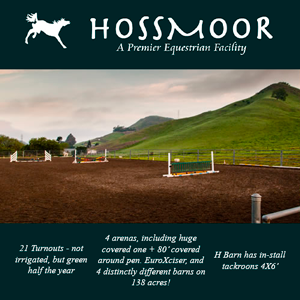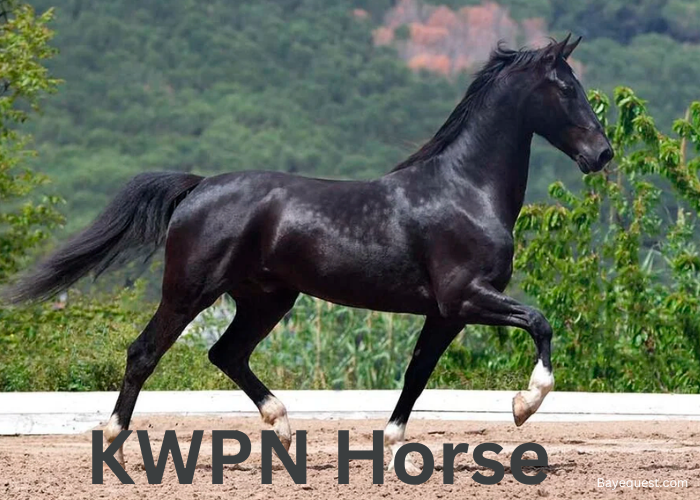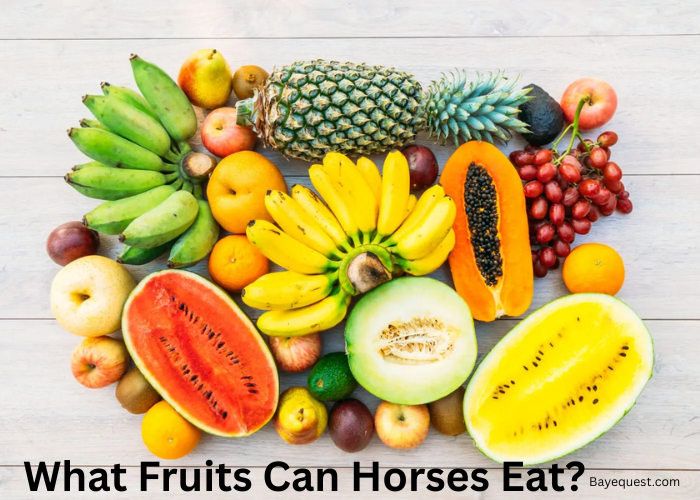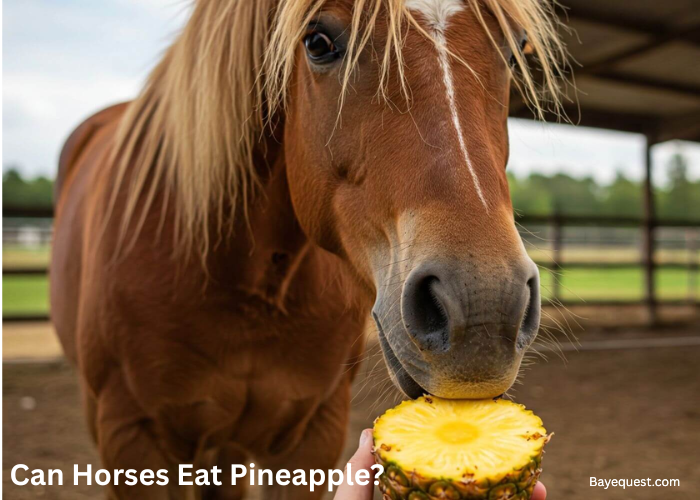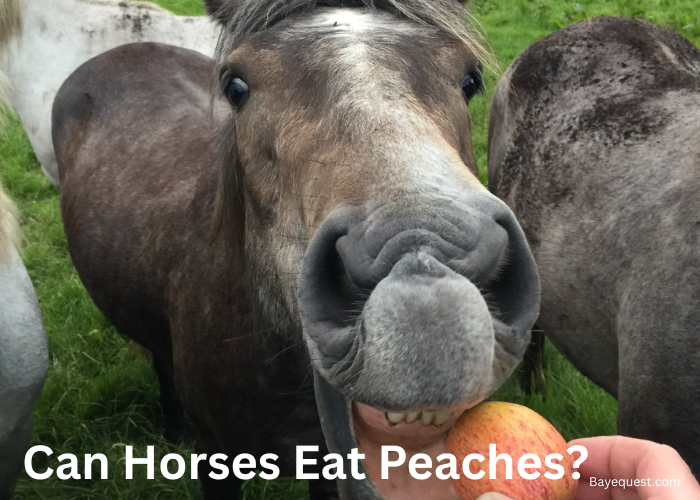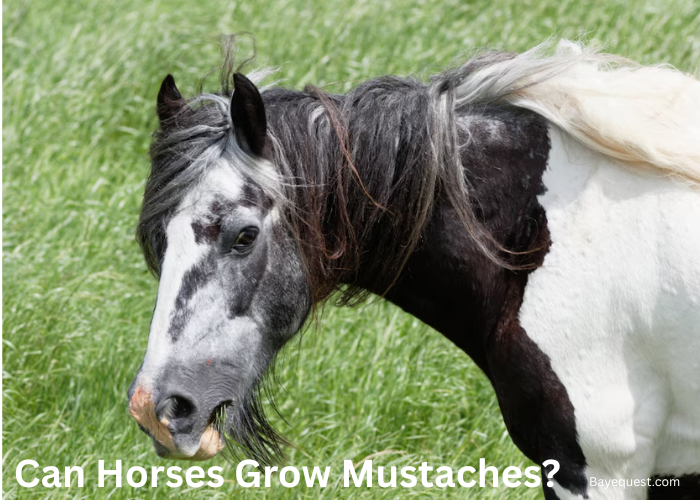The KWPN horse stands tall in the world of sport. Bred in the Netherlands, it brings power, precision, and presence to every ride.
Riders love their forward-thinking minds, judges notice their movement, and trainers praise their work ethic. You’ll find them shining in dressage, flying over jumps, and winning at the highest levels.
But they’re just as impressive in everyday rides. This horse doesn’t just look the part—it delivers. But what’s behind that mix of muscle, heart, and sharp thinking?
Let’s take a closer look at what makes the KWPN horse truly stand out.
What is a KWPN Horse?
A KWPN horse is a Dutch Warmblood. The name stands for “Koninklijk Warmbloed Paardenstamboek Nederland.”
That’s Dutch for “Royal Warmblood Studbook of the Netherlands.”
The KWPN studbook is very strict. Only the best horses are allowed to breed. Each one is judged for health, movement, and personality. This keeps the quality high.
Many top riders choose KWPN horses. They trust them in the biggest competitions. These horses have won medals at the Olympics and World Cups.
If you want a horse that can shine in sport, the KWPN is a top choice.
KWPN Horse Origin and History
The KWPN horse has its roots in the Netherlands. After World War II, the country needed a new kind of horse, one that was strong enough for work, yet athletic enough for sport.
Farmers began crossing two native breeds: the heavy Gelderlander and the sturdy Groningen.
To add speed and elegance, they introduced lighter breeds like the Thoroughbred and Trakehner.
The result was a horse that was tough, trainable, and built to move. This new warmblood quickly gained attention for its power and grace.
In 1969, the Koninklijk Warmbloed Paardenstamboek Nederland (KWPN) was officially formed. The registry focused on breeding top sport horses for dressage, show jumping, and driving.
Every horse was judged on movement, health, conformation, and character. Only the best were allowed to breed.
This strict selection paid off. Within a few decades, KWPN horses were winning on the world stage.
They took Olympic medals, dominated World Cups, and became a favorite among professionals.
Today, the KWPN is one of the most respected warmblood registries in the world. What started as a practical farm horse has become a global sport star.
Types of Horses Within KWPN Horses
There are four main types of horses within the KWPN registry. Each type is bred for a specific purpose, but all share the same high standards of health, movement, and character.
Let’s break down each:
1. Dressage type (Riding type)
These horses are bred for power, grace, and elegance in the dressage ring. They have uphill movement, long legs, and a natural rhythm.
Their calm temperament and focus make them perfect for high-level training.
2. Show jumping type
Built for power and agility, these horses shine in the jumping arena. They have strong hindquarters, quick reflexes, and bold personalities.
They love to work and have a natural talent for jumping clean and fast.
3. Harness type
Also called “Tuigpaard,” these horses are bred for driving competitions. They are flashy, high-stepping, and full of presence.
Harness types have strong necks, expressive gaits, and a proud look that stands out in the show ring.
4. Gelderlander type
This is the most versatile KWPN type. Originally used for farm work and riding, they now excel in both riding and driving.
They are solid, stylish, and known for their willing attitude and balanced movement.
KWPN Horse Breed Registry
The KWPN, or Royal Warmblood Studbook of the Netherlands, is the primary registry and governing body for the Dutch Warmblood breed.
Established in 1969, the KWPN is dedicated to maintaining and enhancing the quality of Dutch Warmblood horses.
KWPN horses are registered based on their pedigree and inspection results into one of the following categories:
Foalbook (vb). For foals sired by approved KWPN or Erkend stallions and out of KWPN-registered mares.
Register A (Reg A). Includes foals from licensed KWPN-NA stallions or those approved by recognized (Erkend) studbooks, bred with KWPN mares.
Register B (Reg B). For foals with less recognized lineage, such as those from stallions not approved by KWPN or Erkend studbooks.
Studbook (stb). Adult horses that meet KWPN’s standards for conformation, movement, and health can be entered here.
To ensure that each horse meets the KWPN’s rigorous standards, the registry conducts Keurings and predicates for comprehensive inspections evaluating conformation, movement, and performance.
KWPN Keurings
Keurings are official inspections conducted to evaluate Dutch Warmblood horses for breeding and sport purposes.
These inspections are integral to the KWPN’s breeding program, ensuring that only approved individuals are selected for breeding.
The inspection process involves assessment based on criteria like:
- Conformation: Evaluating the horse’s physical structure and correctness.
- Movement: Observing the horse’s gait, elasticity, and balance.
- Jumping ability: For those intended for show jumping, assessing technique and scope.
- Dressage aptitude: For dressage horses, evaluating suppleness and rhythm.
Foal Book and Register A. Mares and stallions are eligible for studbook inspections at keurings after the age of three. Register B horses can participate in keurings but cannot move into the studbook.
Stallions must complete additional requirements for studbook approval, including meeting performance standards and passing a veterinary examination with radiographs and endoscopy.
For premium gradings, KWPN inspectors also evaluate foals, yearlings, and two-year-olds for premium grading at keurings. Young KWPN horses earn premium gradings based on inspection results:
The 1st premium is awarded to the highest quality horses that exceed the breed standard, while the 2nd premium meets the breed standard but has some faults or lacks quality.
KWPN Predicates
KWPN predicates are titles or designations awarded to Dutch Warmblood horses that meet specific criteria of excellence.
They are valuable for breeders and owners as they highlight the quality and potential of the horses.
These titles include:
Ster (Star). Awarded to mares, geldings, and stallions based on superior conformation and movement or jumping ability. Horses must achieve a minimum score of 70 for conformation and 75 for movement or jumping.
Keur. Awarded to Ster mares with eligible conformation who have completed IBOP (one-day performance) tests or met equivalent sport requirements. Also awarded to stallions based on the proven quality of their offspring.
Elite. Granted to Keur mares that also possess the D-OC or PROK predicate, indicating higher standards of health and genetic quality.
Preferent. Awarded to KWPN mares that have produced at least three Ster predicate offspring. Also awarded to stallions as the highest recognition for the quality and abilities of their offspring.
Prestatie (Performance). Granted to KWPN mares whose offspring meet standards for exceptional sport success.
Sport. Earned by horses in North America based on their success at recognized shows. In Europe, this predicate is awarded only to mares.
Kroon (Crown). Awarded by KWPN-NA to horses competing at the FEI levels and within the top 300 in the final year-end FEI / WBFSH dressage or jumping rankings.
KWPN Horse Breed Characteristics
What makes a KWPN horse stand out is more than just good looks. These horses are built for sport, shaped by purpose, and known for their winning attitude.
Let’s look at the key traits that define the Dutch Warmblood:
Average height and weight
Most KWPN horses stand between 16 and 17 hands (64–68 inches) at the withers.
They weigh around 1,200 to 1,400 pounds, depending on their type (dressage, jumping, harness, or Gelderlander).
Their size gives them power without being too heavy, which helps in performance.
Conformation
KWPN horses have a well-balanced build. They feature a long, arched neck, a sloping shoulder, strong hindquarters, and correct leg structure.
Their movement is expressive and elastic. Good conformation helps them perform well in sport and stay sound over time.
Color
They come in solid colors like bay, chestnut, black, and grey. White markings on the face and legs are also common, but not excessive.
While color isn’t a priority in breeding, KWPN horses are generally attractive and refined.
Temperament
KWPN horses are intelligent, trainable, and eager to work with. They’re also alert without being hot or nervous.
This makes them a great match for competitive riders who need both brains and bravery in the ring.
Uses and discipline
These horses are bred for high-level sport.
- The dressage type is elegant, with a strong hind leg and fluid movement.
- The jumping type is bold, careful, and powerful.
- The harness type is flashy and expressive for driving competitions.
- The Gelderlander is versatile, used in riding and light driving.
KWPN horses are also seen in eventing and have even appeared in para-dressage and combined driving events.
Dutch Warmblood Health Issues
Dutch Warmbloods are strong athletes, but they face health risks. Here are common issues owners should know and manage early.
Warmblood Fragile Foal Syndrome (WFFS)
WFFS is a genetic disease found in some Dutch Warmbloods. It affects a foal’s connective tissue, making their skin and joints extremely fragile.
Affected foals are often born with open wounds, or their skin may tear easily. Most do not survive, and many are euthanized shortly after birth.
WFFS is not visible in the parents. It is a recessive gene, so both sire and dam must be carriers to produce an affected foal. A carrier horse looks and acts normal.
Breeders now test for WFFS to prevent this. If one horse is a carrier, the other must be clear before breeding. This keeps foals safe and healthy.
The KWPN requires testing of all breeding stallions. Thanks to this, WFFS is rare. Still, awareness is important.
Polysaccharide Storage Myopathy (PSSM)
PSSM is a muscle disorder. It affects how a horse stores and uses sugar in its muscles. The sugar builds up and causes pain.
Horses with PSSM may look stiff, sweat a lot, or resist movement. Some tie up, meaning they suddenly lock up after exercise.
Dutch Warmbloods can carry Type 1 or Type 2 PSSM, with Type 2 being more common.
There is no cure, but it can be managed. A low-starch, high-fat diet helps. Regular, gentle exercise also keeps muscles working properly.
Genetic testing is available for PSSM1. Horses with symptoms should be tested. Breeding animals should be screened to avoid passing the condition on.
Lameness
Lameness means a horse is not moving normally. It’s often caused by pain in the legs, joints, hooves, or back.
Dutch Warmbloods are athletic horses. This makes them more prone to injury, especially in sport.
Common causes include hoof abscesses, tendon strains, arthritis, and poor footing.
You may notice a limp, uneven gait, or refusal to move. Diagnosis may include flexion tests, x-rays, or nerve blocks.
Treatment depends on the cause. Some horses need rest. Others may need anti-inflammatory drugs, special shoes, or even surgery.
Prevention is key. Keep hooves trimmed. Avoid overtraining. Use safe footing and work with your vet.
Osteochondrosis Dissecans (OCD)
OCD in horses is a joint problem. It happens when cartilage doesn’t turn into bone the right way. This leaves loose fragments in the joint.
It mostly affects young horses. Common areas are the stifle, hock, and fetlock. Signs include swelling, pain, or lameness.
Dutch Warmbloods grow fast, which can raise the risk. Genetics, diet, and training all play a role. Too much food or poor mineral balance can make things worse.
Some mild cases improve on their own. Serious ones may need surgery. The surgeon removes the loose fragments from the joint.
Most horses recover well, especially with early treatment. The KWPN uses X-rays to screen breeding stock. This is called PROK certification.
This helps reduce OCD in future foals. Good feeding, careful exercise, and early screening all help keep horses sound.
How to Care for a Dutch Warmblood
Caring for a Dutch Warmblood means meeting the needs of an active, intelligent athlete. They need regular turnout, a clean stall, and daily exercise to stay healthy and happy.
A balanced diet is also important. The horses need high-quality hay, clean water, and supplements if needed.
Their joints and muscles benefit from steady, low-stress training and warm-up routines. Routine farrier visits, dental checks, and vet care are a must.
Because Dutch Warmbloods are smart and social, they also need mental stimulation and gentle handling. With the right care, these horses stay sound, focused, and ready to perform.
Dutch Warmblood Nutrition
Dutch Warmbloods are large, athletic horses, so they need a diet that supports energy, muscle, and joint health.
Good-quality hay should be the base of their diet, with clean water always available.
Most will also need a grain or concentrate to meet their calorie and nutrient needs, especially if they’re in training or competition.
Choose feeds that are low in starch and high in fiber and fat to reduce the risk of conditions like PSSM.
Vitamins and minerals like selenium, vitamin E, and magnesium may be added depending on your location and the horse’s workload.
Joint supplements, omega-3 oils, and electrolytes can also be helpful for performance horses.
Dutch Warmbloods thrive on consistent feeding schedules and benefit from splitting their rations into smaller meals throughout the day.
You must also adjust their diet based on age, activity level, and health concerns. Regular body condition checks and consultations with an equine nutritionist or vet help keep your Dutch Warmblood in peak form.
Dutch Warmblood Grooming Guide
Grooming a Dutch Warmblood is essential for their health and comfort.
These horses are large, powerful athletes, so daily grooming helps keep their coat clean, skin healthy, and muscles relaxed.
Start with a rubber curry comb to loosen dirt and stimulate circulation. Then use a stiff brush to remove debris, followed by a soft brush for sensitive areas.
Pay extra attention to the legs, girth, and saddle areas, especially if the horse is in regular work.
Pick out the hooves daily to remove mud, stones, or manure, and check for signs of thrush or cracks. Use a mane comb or brush to keep the mane and tail tangle-free.
During warm months, fly spray and regular baths keep them comfortable. In colder seasons, blanketing may reduce the need for daily baths, but brushing is still vital.
With consistent care, your Dutch Warmblood will not only look amazing but feel and perform better, too.
Dutch Warmblood Horse Breeds: FAQs
How much do warmbloods cost?
Warmblood horses typically cost between $10,000 and $30,000. Young or untrained Warmbloods may start around $10,000, while those with advanced training or competition records often range from $40,000 to $75,000. Elite sport horses with top bloodlines can sell for over $100,000, especially at the international level.
Are KWPN horses good for beginners?
KWPN horses can be suitable for beginners if they have a calm temperament and proper training. Many are bred for sport, so some may be too sensitive or forward for new riders. A well-trained KWPN with a gentle personality can make a great match for a confident beginner working with a trainer.
What’s the lifespan of a KWPN horse?
KWPN horses usually live between 25 and 30 years, with some living even longer with good care. Regular vet checkups, a balanced diet, and proper exercise help extend their healthy lifespan.
KWPN Horse: Conclusion
The KWPN horse is a true athlete. It’s strong, smart, and built for sport. From dressage to jumping, these horses shine in every ring.
Their beauty, power, and trainability make them a favorite worldwide.
Careful breeding and strict standards keep the KWPN at the top. Whether you’re a rider, breeder, or fan, there’s something special about this Dutch horse.
Want a partner that can perform and impress? The KWPN might be your perfect match.



